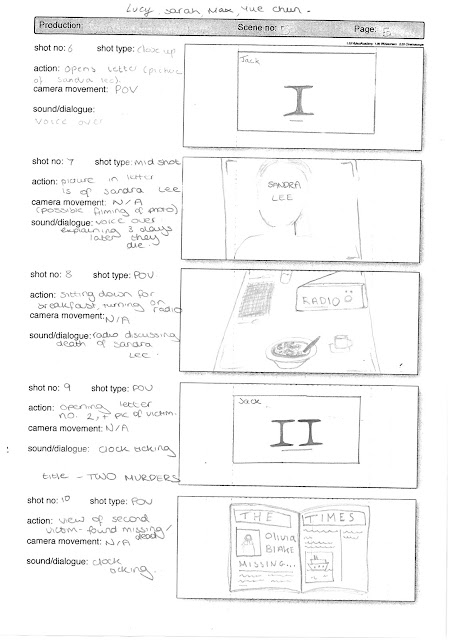For our film trailer - III Days, we decided to take a step further into the life of our main protagonist character, Jack Masters. We were able to develop his character further through the use of a hot seating exercise, whereby we "investigated" his role in the film. We were inspired by an article written by Charlie Sierra about building the back story to film characters in which he quoted from Riding the Alligator, a book written by Pen Densham, an Academy Award nominated filmmaker. In one of the chapters in the book, he provides a check list of questions every writer and director should ask of themselves when they are developing their characters. The purpose of this is to outline a deep understanding of your characters for both the actors and director, and for motivating a character’s choices or actions.
Jack Masters - Character Interview
Our film trailer focuses on the unfortunate involvement of a teenage boy in a murder investigation, incorporating the idea of "wrong place, wrong time". We decided to incorporate an interview whereby his involvement is wrongly inferred, similar to one of the scenes integrated in our trailer. Here he is interviewed by a anonymous prosecutor, as if in a police station. This is a creative way to introduce the character while showing his stance on the murder cases. Moreover, this format matches the seriousness of the trailer and adds to the thriller genre.
Hot Seating Script:
Max: I told you… I don’t know what’s going on. I’m trying to figure this out myself!
Interviewer: What connection do you have to the victims.
Max: What? No I didn’t know them. I feel like I’m going crazy why is no one listening to me. I don’t know why these letters are coming to me. I don’t know why this is happening. I don’t know anything.
Interviewer: Hmm… this is all sounding suspicious. Is there anyone you would like to call. Perhaps a lawyer?
Max: What? A lawyer? You can’t be serious… I’m innocent.



















